All About the 1888 Match Girls Strike.
By: Aly Christensen
Per. 8
Baker
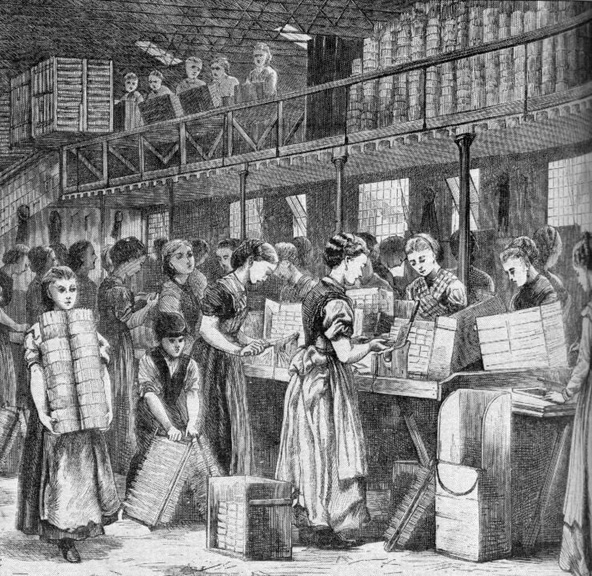
Thesis Statement
The 1888 matchgirl strike improved the working conditions for matchgirls around the world and made a mark in the matchstick making world and factories as a whole.
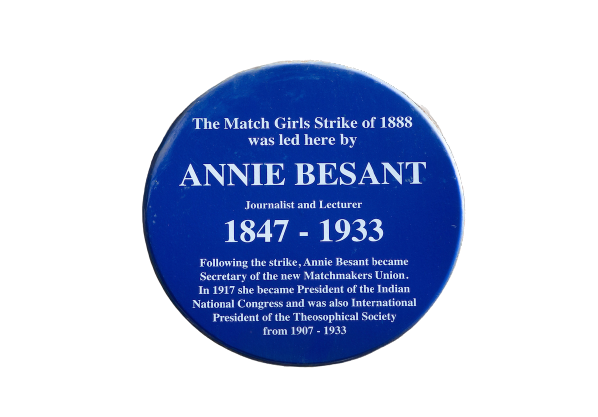
Counter Thesis
While this is true, not all matchstick factories around the world work with white phosphorus and have different rules. Some factories didn't need anything changed and weren't affected at all by this strike.
These girls had to work at a very hard job
Jessica Brain is a freelance writer and specializes in history. She is also a history teacher. She has made many articles about famous strikes and people who made a mark in history. According to Jessica, “Everyday, young girls and women would go to the Bryant and May match factory to work a job that was dangerous and had little pay” (Brain). The Bryant and May factory was a match making factory that had really horrible working conditions. Many girls that were working were generally ages 13-16.
While that was the common age, the youngest working was as young as eight years old! This job however was extremely dangerous and you would make minimal pay.

Matchmaking was such a dangerous job because of the phosphorus fumes that the girls were breathing everyday. Girls were also treated horribly by the “staff”. This job also would take away your weekly money if you didn't have shoes, took any bathroom breaks or talked. This job was also very abusive and mentally draining.
This job came with a horrible disease
Jessica Brain is a freelance writer and specializes in history. She is also a history teacher. Jessica Brain teaches her students that it is important to read about history so you know what shaped how you live today. Jessica points out this piece of information, “It was very common to get Phossy jaw which was a bone disease caused from the phosphorus that they used to make matches” (Brain). At the Bryant and May factory, a disease known as Phossy jaw. Phossy jaw was a really horrible disease that starts from your mouth and would lead to facial disfigurement and sometimes fatal brain damage.

This was most likely a pretty common disease for the girls who worked in match factories from the white phosphorus. Most of the time the girls were breathing the air with phosphorus in it which exposed them to it all day. The match factory refused to change the materials used even though they most likely had enough money to. With Phossy jaw, the bones in your face would start to die and your face would become deformed. If any girl reported a toothache or a sign of a phossy jaw, their tooth would be removed immediately or they would be dismissed. The Bryant and May match factory continued to use white phosphorus even with the dangers of it.

John Simkin was a history teacher in 1978. He has written several history books including “Gandhi”, “Hitler”, “The Norman Invasion” and multiple others. He established the website spartacus educational and was one of the historians interviewed on BBC news along with publishing 10 ebooks. John mentions this, “Annie Besant was in the crowd for a meeting about match factories and was horrified with what she heard” (Simkin). Annie Besant was a British socialist and a women's rights and home rule activist. When she went to a meeting she learned a little about how the girls were paid terribly and how they were treated. She was probably very angry and upset about how these poor young women were being treated everyday.
Annie decided to write an article in her newspaper “The link” which exposed all of the working conditions and the terrible pay they got. It was believed that this one article got the public's attention which sparked interest in this situation. This eventually came back to the head of the Bryant and May factory.
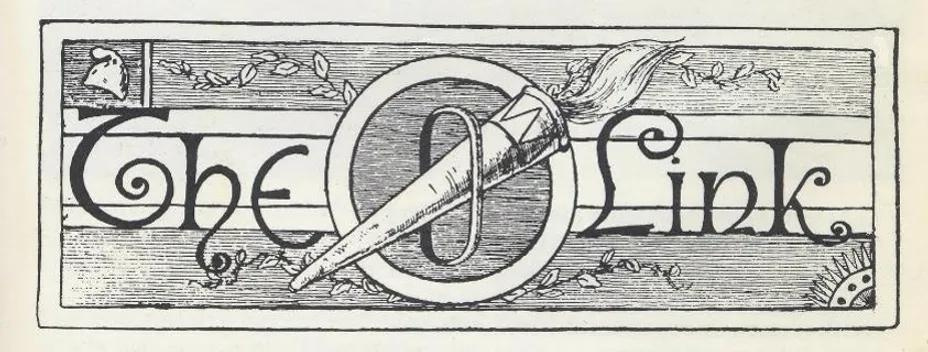
Jessica Brain is a freelance writer and specializes in history. She is also a history teacher. Jessica Brain appreciates and has been studying the matchgirl strike for years now. She believes that, “The Bryant and May factory was falsely dismissing workers which was an outrage” (Brain). When girls were being falsely dismissed it seemed to be that people were getting very upset. One could assume that now the girls would have no way to earn money and be able to live a substantial life. Girls were being dismissed left and right after the “The Link” article was released.
The Bryant and May factory was quickly losing their patience with the girls and if anyone dropped a stick or messed up, they would be fired. Many girls were not able to have enough money to live off of even with the job so after being fired, the girls would die off.
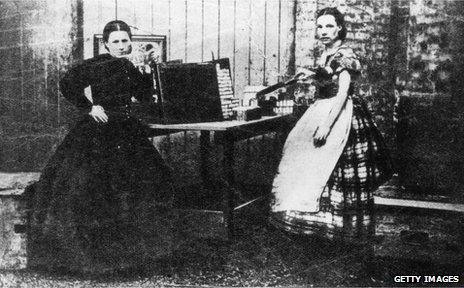
Jessica Brain is a freelance writer and specializes in history. She is also a history teacher. Brain is from the UK and spreads the word of her research through her writing. Jessica makes the statement that “When more girls were falsely dismissed it caused the girls to start a large strike of around 1500 workers” (Brain). After more and more girls were being dismissed for no good reason they started a strike. Over 1,000 girls left their work space. One could assume that the girls weren't going to sit there and be treated awfully for such little pay and to be dismissed. Later 500 more joined and word got on the streets.

The matchgirls were gaining public attention and people were supporting them the whole way through. So many people knew that people actually started to donate money to the cause and join the girls on the streets. They most likely protested for better pay and better working conditions. Eventually this came back to the matchstick factories.
Jessica Brain is a freelance writer and specializes in history. She is also a history teacher. Brain decided to publish an article about this strike due to her interest in female strikes. “The matchmaking companies were getting a bad rep and people stopped buying their matches” (Brain). After the matchgirls went on strike, the public had their whole support. People started to join the girls in many ways. Some started to physically join by walking with them and trying to get the rest of the girls to join.
Some people probably also donated money to the girls and tried to spread awareness. Some newspaper owners also added this into their newspaper and articles so anyone who read it could join the girls. The thing that most likely made the biggest impact was that people stopped buying in particular the Bryant and May matches which one could assume that it would show the company owners that the girls had full respect and people were emphasizing for them.

Jessica Brain also brings up that, “Bryant and May match factory compromised weeks after the strike” (Brain). Weeks after the girls went on strike, the Bryant and May match factory had enough. They were losing money because people stopped purchasing from them and they were losing more and more workers everyday. Most of the time, companies would just comply immediately but it took multiple weeks for the Bryant and May factory to comply. However, when they did, they promised to have less cruel working conditions and that the girls would be paid better. When the girls returned to work, there was in fact an improvement. The girls were treated nicer but still had to work with the dangerous white phosphorus. They also did get paid better.

John Simkin was a history teacher in 1978. He has written several history books including “Gandhi”, “Hitler”, “The Norman Invasion” and multiple others. He established the website spartacus educational and was one of the historians interviewed on BBC news along with publishing 10 ebooks. John declares that “In 1891 the Salvation Army opened its own match-factory in Old Ford, East London” (Simkin). After the strike in 1888, the Bryant and May match factory had better working conditions.
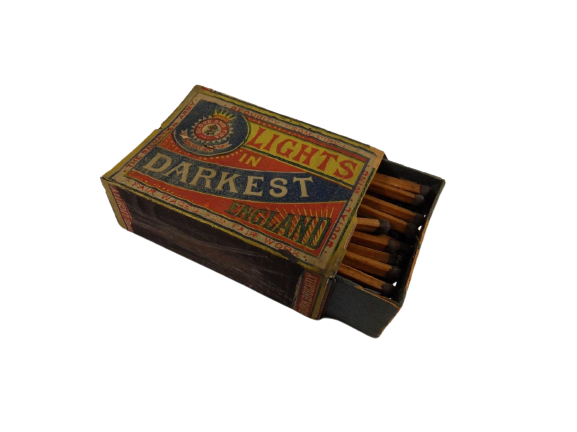
Although it was most likely much better, they still used the White phosphorus. The girls were still getting sick and their pay wasn't much better. In 1891, the Salvation Army decided to open up its own match factory which stopped using the White phosphorus. They used Red phosphorus instead which is not harmful and the girls could keep making matches. One could assume that after the salvation army match company opened up, many workers fled there.
Works cited
Brain, Jessica. "The Match Girls Strike." Historic UK, Elizabeth, 19 Apr. 2021, www.historic-uk.com/HistoryUK/HistoryofBritain/Match-Girls-Strike/. Accessed 27 Apr. 2023.
Johnson, Sam, et al. "The Story of the Strike." The Matchgirls Memorial, Jameson CBE, 2019, www.matchgirls1888.org/the-story-of-the-strike. Accessed 28 Apr. 2023.
A Late 19th-Century Photograph of a Matchstick Girl Suffering from Phossy Jaw. All thats intresting, Alexander Baldwin and Kit Westneat, 4 Feb. 2021, allthatsinteresting.com/phossy-jaw. Accessed 15 May 2023.
Pateint, Alan. The Blue Plaque from the 1888 Matchgirls Strike found where it took place. The Matchgirls Memorial, Neil Jameson CBE.
A Picture of the Matchstick Girls Working in Their Factory on a Regular Day. Hubpages, Paul Edmondson, 18 Apr. 2022, discover.hubpages.com/politics/Lighting-Up-With-Lucifer-Working-in-a-Match-Factory. Accessed 15 May 2023.